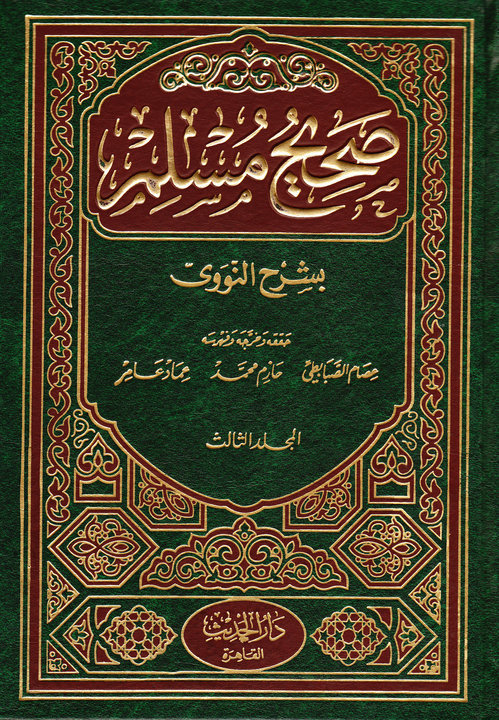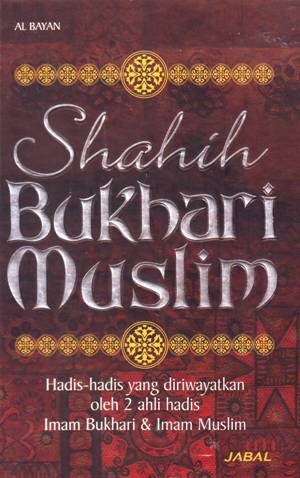

The chain of narrators for a particular hadith had to be verified as authentic and reliable before Imam al-Bukhari would include that hadith in his compilation. He had far stricter rules than other hadith scholars for accepting a hadith as authentic. What makes Sahih al-Bukhari so unique was Imam al-Bukhari’s meticulous attention to detail when it came to the compilation of hadiths. This collection took him 16 years to complete and since its compilation has been considered the most authentic book of hadith in history, thus the book’s common name: Sahih al-Bukhari meaning “The Authentic Hadiths of al-Bukhari”. He traveled through Egypt, Syria, and Iraq to continue his studies throughout his adult life, finally settling in Basra, where he would compile his monumental hadith collection.Īlthough Imam al-Bukhari authored several works on the science of hadith, his most lasting contribution to Islamic sciences was his compilation of over 7000 hadiths, which he called al-Jaami’ al-Sahih al-Musnad al-Mukhtasar min Umur Rasool Allah wa sunanihi wa Ayyamihi, meaning “The Abridged Collection of Authentic Hadith with Connected Chains regarding Matters Pertaining to the Prophet, His practices and His Times”. He stayed in Makkah and Madinah for several years, where he continued to collect hadiths from some of the leading hadith scholars of the world, memorizing the text of the hadiths (the matn), the chain of narrators (the isnad), and advancing his understanding of the reliability of those narrators (the knowledge of men – ‘ilm al-rijaal). For a hadith scholar like al-Bukhari, this type of environment was invaluable. Since all Muslims are obligated to complete the Hajj at least once, Makkah is constantly visited by people from all corners of the world. Since the rise of Islam in the 600s, Makkah has been a unique mixing place for world travelers. In this, al-Bukhari excelled.īy his late teens, al-Bukhari had completed his studies in Bukhara and set out to Makkah to do Hajj (pilgrimage) with his mother and brother. For a hadith to be considered authentic, a reliable chain of narrators is needed to connect that saying to the prophet. From a young age he showed a unique ability to understand complex issues of law, but more importantly, he was capable of remembering long and complex chains of narrations of hadiths. Studying with the scholars in and around his hometown, al-Bukhari immersed himself in hadith studies as well as fiqh, Islamic jurisprudence. Despite the difficult circumstances, al-Bukhari dedicated himself to studying Islamic sciences from a young age.

Unfortunately for the young al-Bukhari, his father died while he was still an infant, leaving his upbringing to his mother. He came from a Persian family that converted to Islam 3 generations before his time.
#Kitab hadits bukhari muslim verification#
However, due to the work of Imam Muhammad al-Bukhari in the 9th century, the science of hadith has been protected from such problems using a systematic and thorough method of verification for each and every saying attributed to the Prophet(PBUH) Thus, in the 21st century we can still benefit directly from the authentic sayings of the Prophet Muhammad (PBUH)Ību Abdallah Muhammad ibn Ismail al-Bukhari was born in 809 or 810 in the city of Bukhara, in what is now Uzbekistan.


Second after the Quran is the example set forth by the Prophet (PBUH).īut considering that he lived 1400 years ago, how can we be sure that the sayings and doings we attribute to him are real and unchanged? To someone unfamiliar with the science of hadith, the collections of hadith may seem unreliable and susceptible to corruption. The Quran is considered the un-changed word of Allah as revealed to Prophet Muhammad (PBUH) and is thus the foundation of all Islamic knowledge. CAIRO-5 June 2017: In Islamic sciences, all knowledge of the religion comes back to two sources: the Quran and the sayings and doings of the Prophet Muhammad (PBUH)– the hadith.


 0 kommentar(er)
0 kommentar(er)
